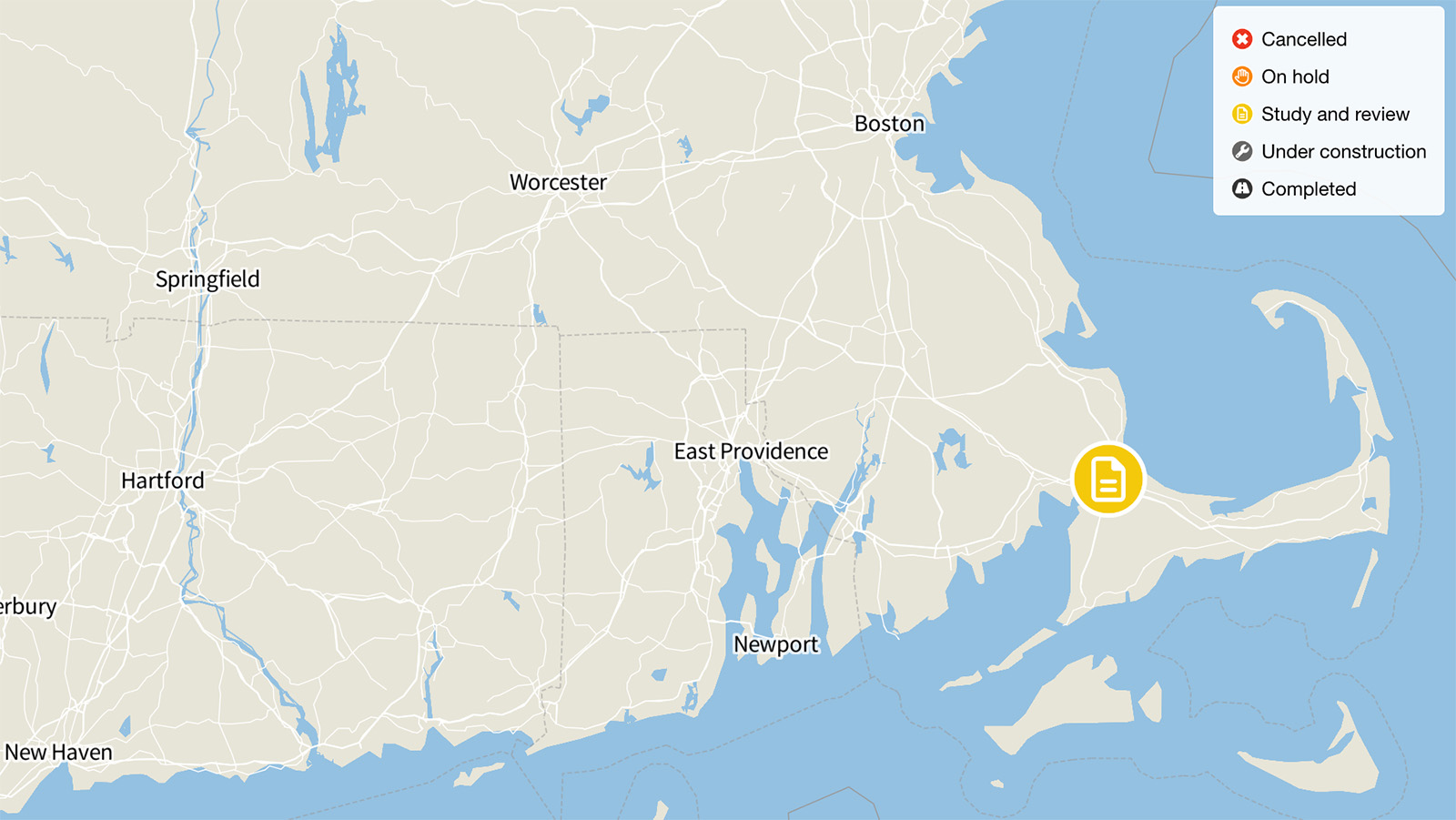
Interstate 84 Expansion, Connecticut
In December 2016, the state of Connecticut took the first steps toward widening I-84 in Danbury, hiring consultants to begin planning for a project that is estimated to cost more than $700 million, a cost that does not include the potentially substantial costs of acquiring additional right-of-way for the road. Although congestion on I-84 is a problem, Connecticut has more pressing transportation priorities. The State Transportation Fund has fallen to such low levels that local transit agencies have started to plan for painful service reductions. State commuter rail needs investment. Connecticut also badly needs to invest in road repairs: 73 percent of its roads are in poor or mediocre condition, worst in the nation. Connecticut also has limited transportation resources, with lawmakers struggling to keep the state’s special transportation fund from falling into a deficit in the fiscal year starting July 2018.
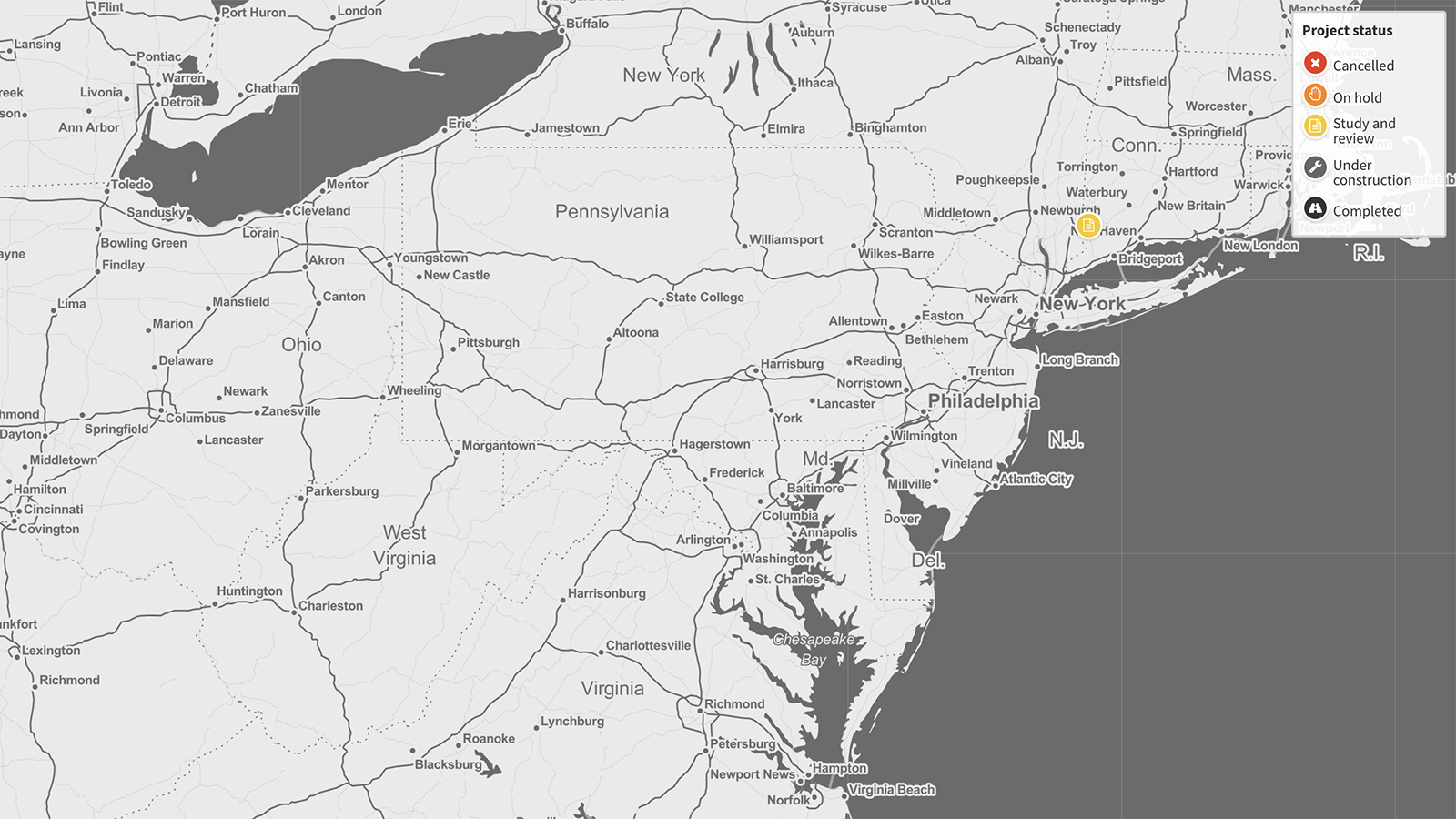
Status: Study and review
Originally reported cost: $715 million+
Update for current status:
As of September 2023, the Interstate 84 Expansion project is in study and review.
Update from Highway Boondoggles 4, 2018:
In December 2016, the state of Connecticut took the first steps toward widening I-84 in Danbury, hiring consultants to begin planning for a project that is estimated to cost more than $700 million, a cost that does not include the potentially substantial costs of acquiring additional right-of-way for the road. Although congestion on I-84 is a problem, Connecticut has more pressing transportation priorities. The State Transportation Fund has fallen to such low levels that local transit agencies have started to plan for painful service reductions. State commuter rail needs investment. Connecticut also badly needs to invest in road repairs: 73 percent of its roads are in poor or mediocre condition, worst in the nation. Connecticut also has limited transportation resources, with lawmakers struggling to keep the state’s special transportation fund from falling into a deficit in the fiscal year starting July 2018.
This project is part of the Let’s Go CT program, which aims to revitalize Connecticut’s infrastructure. As of March 2018, the project was undergoing design, and the state had committed $640 million to the project. Construction is scheduled to begin in 2022.
Original story from Highway Boondoggles 3, 2017:
Connecticut is struggling. A third consecutive year of population decline, the loss of major corporations such as General Electric and declines in manufacturing, as well as persistent fiscal woes have left the Nutmeg State looking for ways to turn the tide.
One idea has been to reinvest in the state’s infrastructure. Connecticut Gov. Dannel Malloy has proposed a 30-year, $100 billion plan to invest in transportation across Connecticut. Unveiled in 2015, the “Let’s Go CT” plan includes an estimated $36 billion in investment in bridges, $31 billion in highway investments, $22 billion in expenditures on the state’s rail system, and $2.8 billion in bus system investments.
For the Danbury area in western Connecticut, which sits along both Interstate 84 and a commuter rail line to New York City, the long-term plan includes major investments in widening I-84 and electrifying and extending the Danbury branch line of the Metro-North commuter railroad. But with funding for the full “Let’s Go CT” plan uncertain, Connecticut may be soon be forced to make difficult choices about its transportation priorities.
The state’s five-year “ramp-up” investment plan includes $30 million to improve the connection between the Danbury branch line and the main New Haven Line – an investment intended to reduce delays and improve service. But it also includes the expensive widening of an eight-mile stretch of I-84 in Danbury, while falling short of the long-time goal of local leaders of electrifying and extending the Danbury branch rail line.
In December 2016, the state of Connecticut took the first steps toward widening I-84, hiring consultants to begin planning for a project that is estimated to cost more than $700 million, without counting the potentially substantial costs of acquiring additional right-of-way for the road.
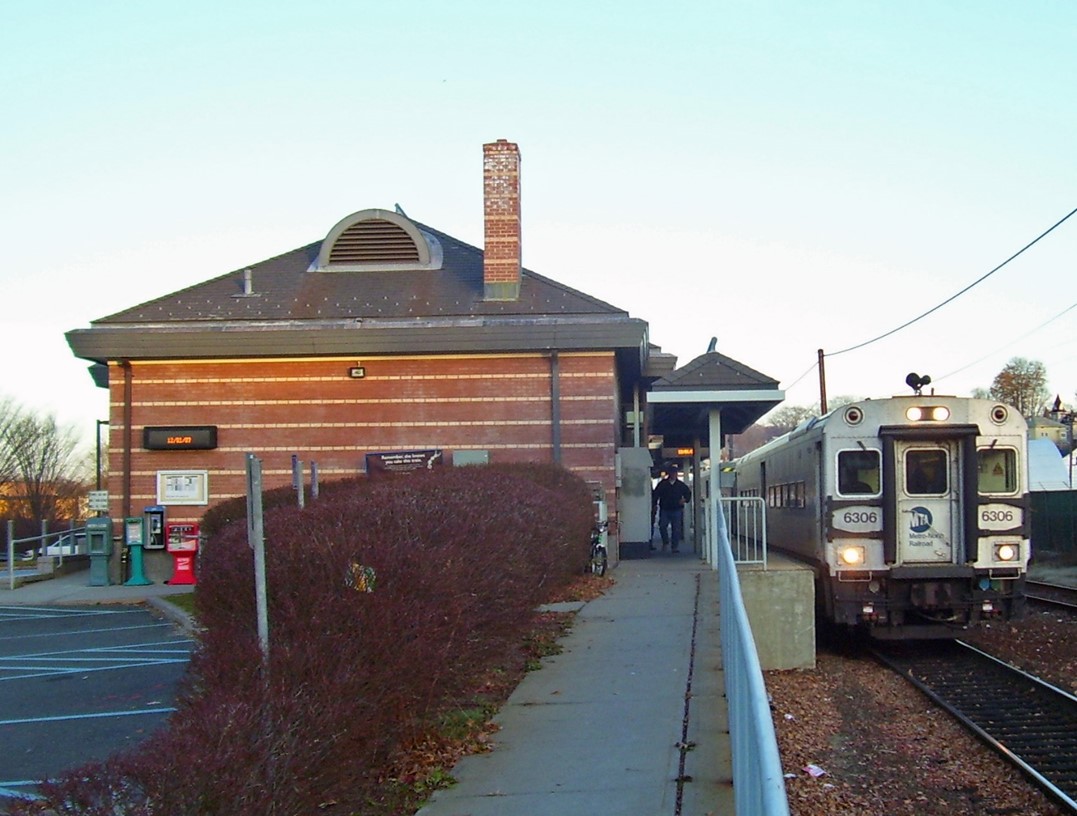
Ridership on rail lines like the Danbury branch of Metro-North is rising, even as growth in driving has stagnated. Credit: Daniel Case at the English language Wikipedia (CC BY-SA 3.0)
I-84 serves as a key transportation link in Danbury, carrying both north-south and east-west traffic across the region, as well as local traffic. But while congestion is an issue on I-84, traffic on the road has been roughly stable over the last 15 years. On I-84 in Danbury, daily traffic at one of the highway’s busiest points increased by only 5 percent in total between 2000 and 2015. Statewide, vehicle-miles traveled in Connecticut increased by only 0.2 percent per year between 2001 and 2015.
Meanwhile, ridership on the Metro-North rail system has been rising sharply, including on the Danbury branch. Ridership on Metro-North’s New Haven Line (which includes the Danbury branch) has skyrocketed over the last two decades, increasing by an average of 1.6 percent per year between 1996 and 2007 (with the exception of 2001, the year of the terrorist attacks on New York City), and 1.5 percent per year from 2007 to 2016. Ridership on the Danbury branch itself increased by 9.4 percent in 2015 following investments made to improve service on the line, before dropping slightly in 2016.
There is even more potential for growth in ridership. A 2013 study estimated that electrification of the current Danbury branch line and expansion of service would reduce trip times along the line by 19 percent, increase ridership by 46 percent by 2030, and reduce vehicle-miles traveled by 4 million miles per year, at a cost of approximately $400 million.
But, despite their inclusion in the long-term “Let’s Go CT” plan, the Danbury branch electrification plan and extension of the branch to New Milford – both of which have been sought by local officials for years – do not appear to be in the state’s immediate plans. A 2016 state study concluded that “investment in these two improvements is not justified at this time.”
Danbury is not the only place in Connecticut where public transportation is in high demand and the potential for increased ridership is high. The launch of Connecticut’s first “bus rapid transit” service, called CTfastrak, in 2015, topped ridership expectations, with weekday ridership from May to November of 2016 up 20 percent from the year before. The early success of CTfastrak has prompted calls for expanding express bus service in the state, including from Hartford to Storrs, which is home to the University of Connecticut.
Those plans for better transit – along with continuation of existing transit services – have been jeopardized by the state’s budget woes. In late 2016, the state Department of Transportation – which runs the transit system in several Connecticut cities – was asked to plan for a 10 percent budget cut. Proposed changes included increasing transit fares, reducing service, putting off plans to extend CTfastrak, and cutting back on commuter rail service across the state. The announcement of the proposed fare hikes and service cuts came just two weeks before Connecticut announced its intention to move forward with the I-84 expansion in Danbury.
Like many other states, Connecticut also faces large and growing road repair needs. Nearly three out of four of the state’s roads (73 percent) are in mediocre or poor condition.
Connecticut’s long-term plans to improve rail transit and serve growing demand for better public transportation are promising, and the investments the state has made thus far appear to be paying off. But tensions between transit and highway investments are already appearing, even though the numerous big-ticket highway renovation and expansion projects identified in “Let’s Go CT” – including the I-84 widening in Danbury – have barely begun to move forward.
Recent trends in rail ridership and vehicle travel, along with ample research documenting the inability of highway widening to reduce congestion, suggest that Connecticut should be firm in prioritizing public transportation, as well as expensive and necessary repairs to existing highway infrastructure, over expansion projects. As a 2003 state government-commissioned study found, “… adding capacity to highways induces additional traffic, as people take additional automobile trips and new development creates even more demand. It is now generally accepted that states cannot build their way out of congestion.”

Topics
Find Out More

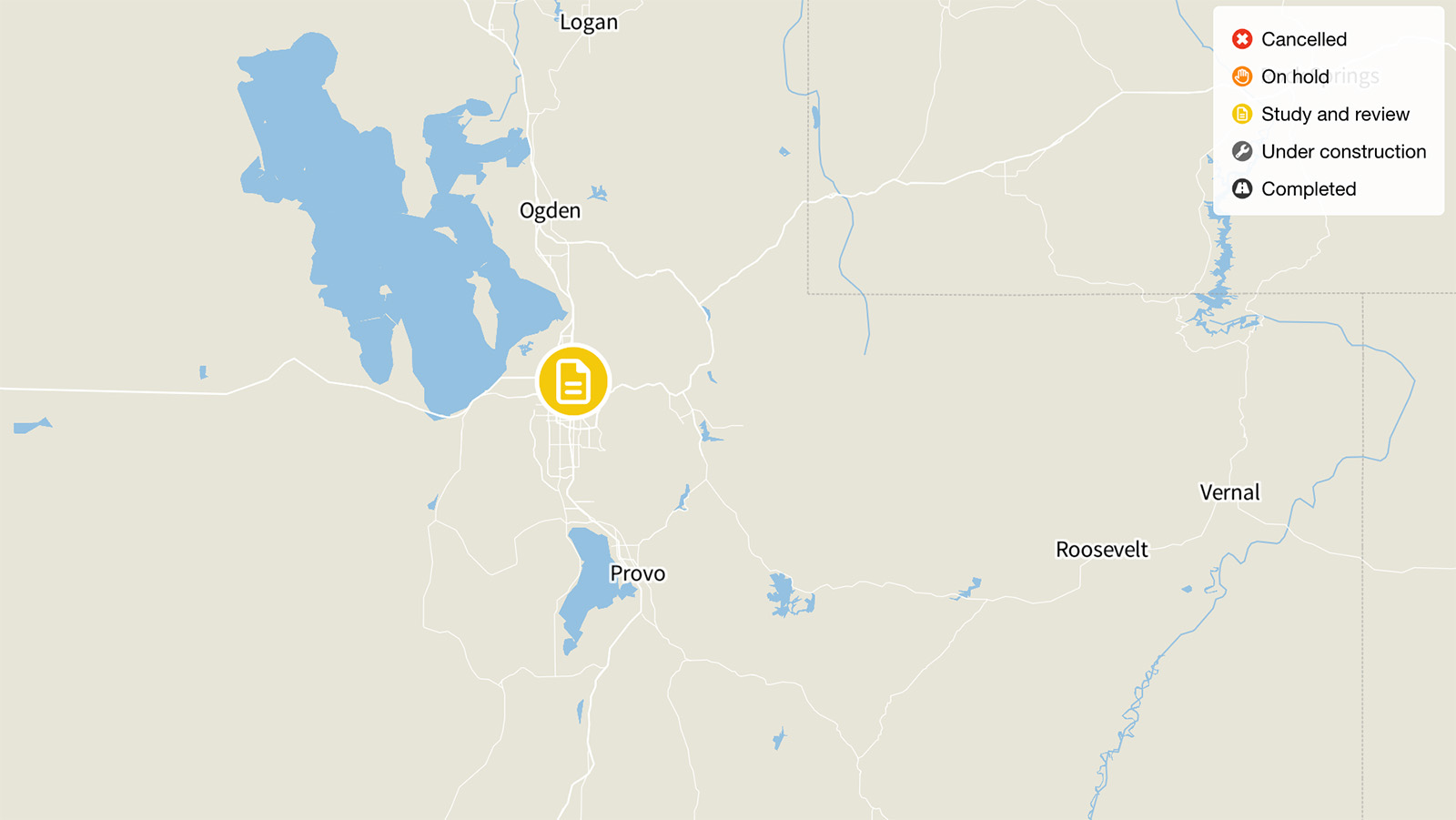
I-15 Expansion, Salt Lake City
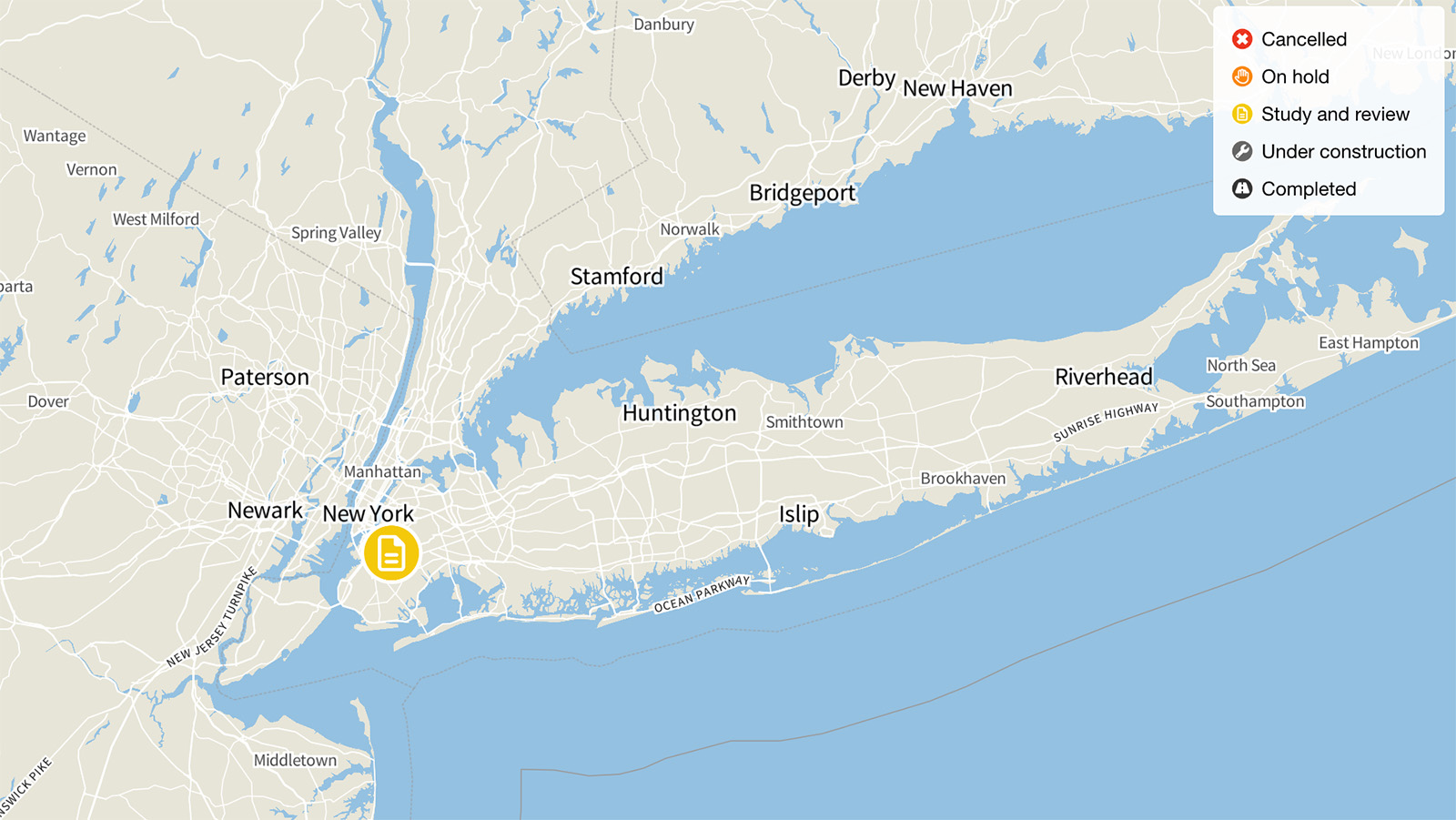
The Brooklyn-Queens Expressway, New York
